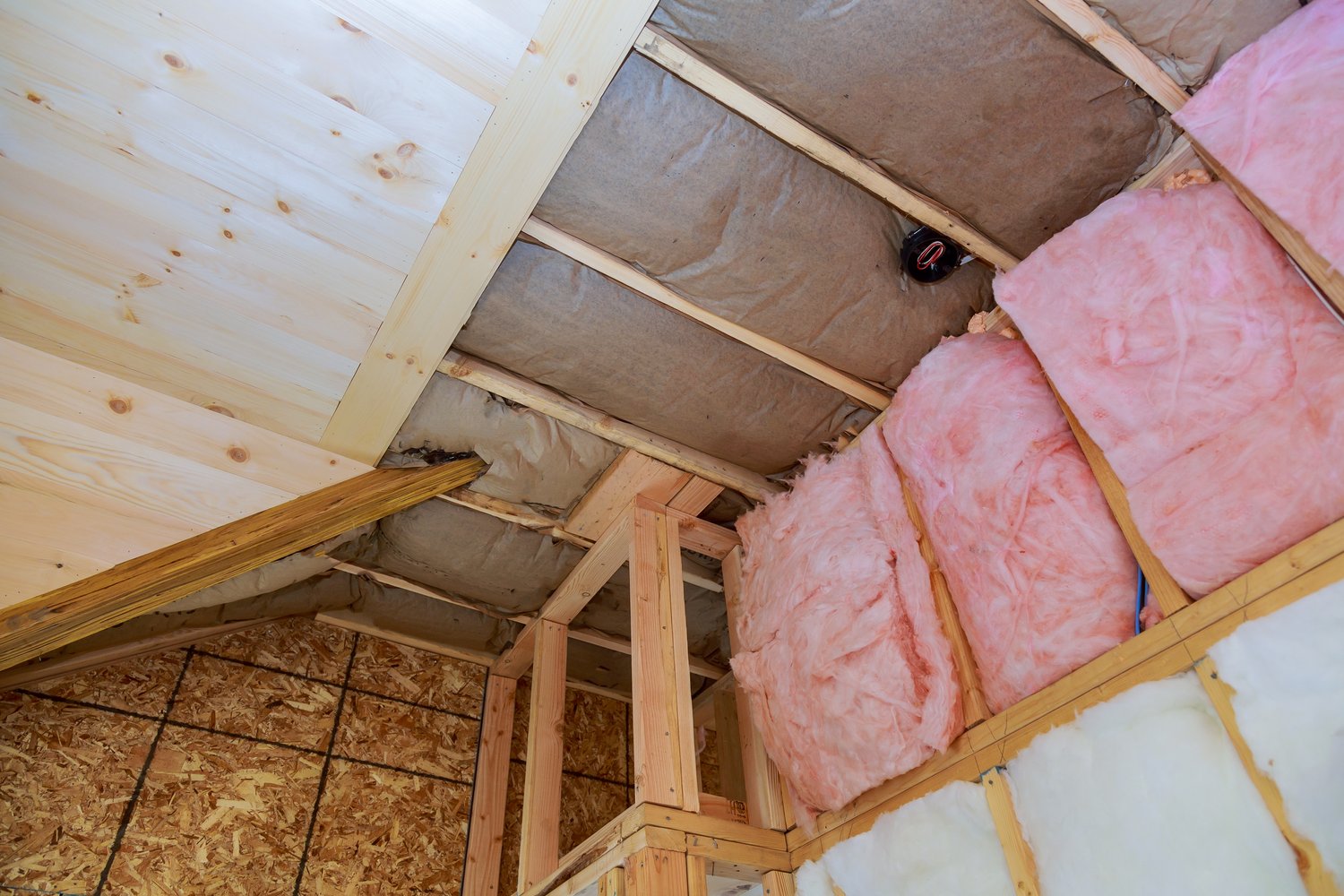In the UK’s often chilly and damp climate, proper home insulation isn’t just a luxury—it’s a necessity. Good insulation forms an essential barrier between your living space and the elements, helping to maintain comfortable temperatures year-round while significantly reducing energy consumption. This article explores why quality insulation matters for UK homeowners, the various types available, the substantial benefits it provides, and practical considerations for implementation. Whether you’re renovating an older property or building new, understanding insulation options can lead to greater comfort, reduced bills, and a smaller carbon footprint.
Understanding Home Insulation in the UK Context
The British climate presents unique challenges that make home insulation UK solutions particularly important. With cold, wet winters and increasingly warm summers, homes need protection against temperature extremes throughout the year. The UK’s housing stock varies dramatically in age and construction type, from Victorian terraces to modern new-builds, each requiring different approaches to insulation. According to the Energy Saving Trust, a properly insulated home can reduce heat loss by up to 50%, making it one of the most cost-effective energy-saving measures available to homeowners. The government has recognized this importance through various energy efficiency schemes over the years, encouraging homeowners to improve their insulation standards.
Types of Home Insulation Available
When considering insulation options, UK homeowners have several choices depending on the area of the home being insulated. Loft insulation remains one of the most common and cost-effective types, typically using mineral wool, glass wool, or natural materials laid between and over joists. For walls, the approach depends on construction—cavity wall insulation works for homes built after the 1920s, while solid wall insulation (either internal or external) suits older properties. Floor insulation can involve insulating beneath floorboards or adding insulation below concrete floors during renovations. For difficult-to-treat areas, spray foam insulation offers versatility but comes at a higher price point. Each type of home insulation has its own installation process, cost considerations, and effectiveness profile, making it important to consult with specialists about the best options for your specific property.
The Benefits of Good Insulation
The benefits of good insulation extend far beyond just keeping warm. First and foremost is energy saving—insulation significantly reduces the amount of heat escaping your home, meaning heating systems work less to maintain comfortable temperatures. This translates directly to lower energy bills, with savings often reaching hundreds of pounds annually. Comfort improvements are equally important—properly insulated homes maintain more stable temperatures, reducing cold spots and drafts that make living spaces uncomfortable. Insulation also provides excellent sound-dampening properties, particularly valuable in busy urban environments or for semi-detached and terraced homes. Environmentally, energy saving insulation reduces carbon emissions by lowering fossil fuel consumption for heating. Additionally, good insulation can increase property value—energy efficiency ratings increasingly influence buyer decisions in the UK housing market. As experts at AskHomey often advise homeowners, few home improvements offer such a compelling combination of immediate comfort and long-term financial returns.
Implementation Considerations
Implementing effective insulation requires careful planning. For existing homes, a professional energy assessment can identify the most critical areas for improvement and the most suitable insulation types. DIY installation is possible for some insulation projects, particularly loft insulation, but professional installation ensures proper coverage and compliance with building regulations. Cost considerations vary widely depending on the home size, insulation type, and installation complexity, but government grants and incentives sometimes offset these expenses. It’s also important to consider ventilation alongside insulation—as homes become more airtight, controlled ventilation becomes crucial to prevent condensation and maintain indoor air quality. Most insulation materials have a lifespan of 40+ years, making them long-term investments in your property. Timing insulation work to coincide with other renovations can also reduce disruption and potentially lower overall costs.
Insulation for the Future
As the UK commits to ambitious carbon reduction targets, home energy efficiency standards continue to tighten. Future-proofing your home with comprehensive insulation not only makes sense financially but aligns with broader sustainability goals. Modern insulation materials increasingly focus on environmental impact, with options ranging from sheep’s wool to recycled plastic alternatives. The integration of insulation with other energy-efficiency measures like smart heating controls and renewable energy systems creates truly efficient homes. As climate change brings more temperature extremes to the UK, good insulation works both ways—keeping homes warm in winter and cool during increasingly hot summers. Investment in quality insulation now represents a forward-thinking approach to home ownership that benefits both current and future occupants.
For more tips and to connect with reliable home service professionals, follow AskHomey on Facebook and Instagram.



